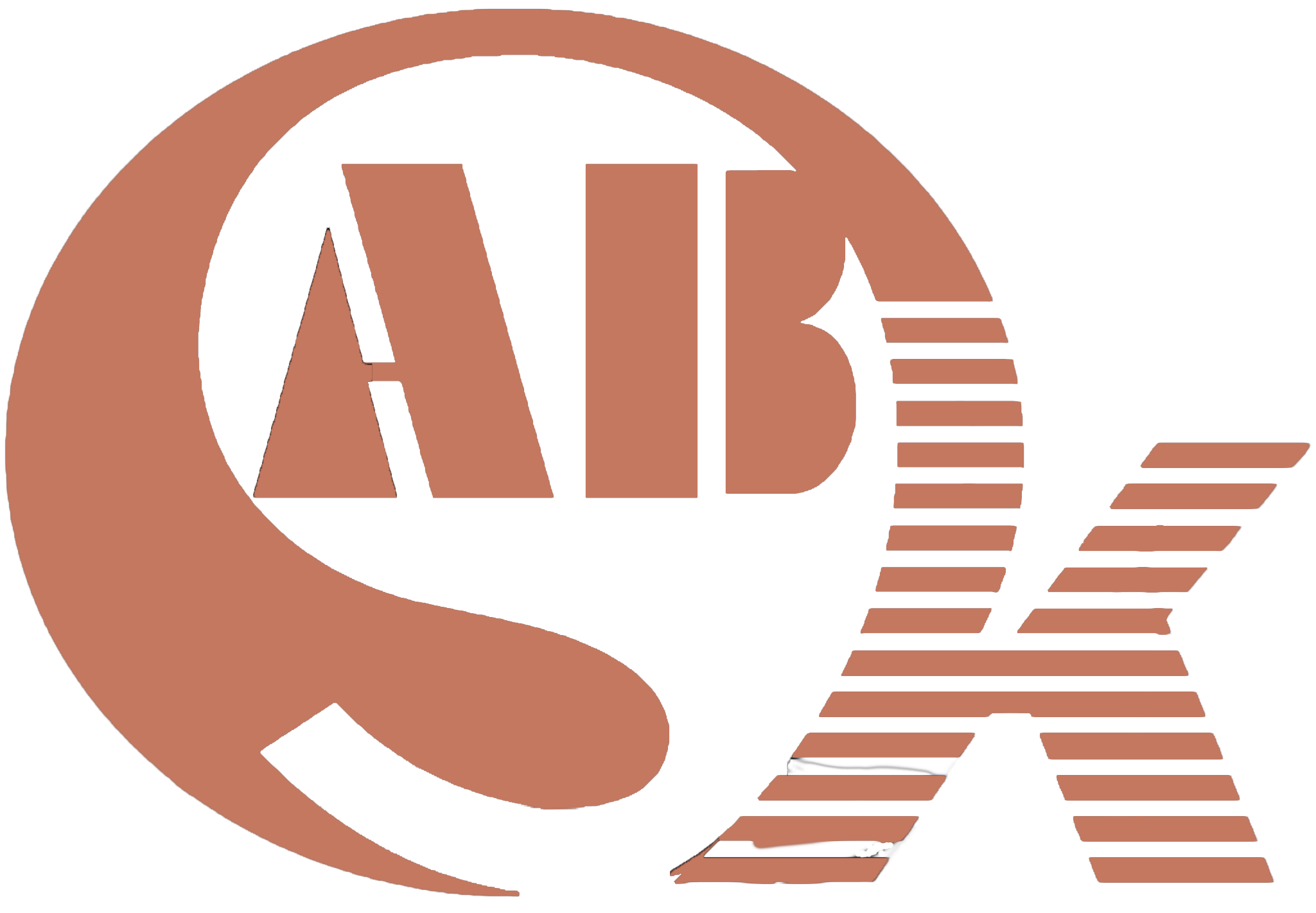Maximizing Efficiency and Precision: The Role of Welding Rotators in Modern Industrial Fabrication
In the dynamic landscape of modern industrial fabrication, where efficiency and precision are paramount, welding rotators have emerged as indispensable tools. These versatile pieces of equipment not only streamline the welding process but also contribute to enhanced product quality and reduced operational costs. In this article, we delve into the key features and benefits of welding rotators, shedding light on their significance in the world of welding automation.
Introduction
Welding rotators, often referred to as turning rolls, are specialized devices designed to rotate cylindrical workpieces during welding operations. Their primary purpose is to eliminate the need for manual handling of heavy and unwieldy components, allowing for a more consistent and controlled welding process. Welding rotators are commonly employed in a wide range of industries, including shipbuilding, construction, and manufacturing, where large and complex structures require precise and high-quality welds.
Key Features of Welding Rotators
- Adjustable Rotational Speeds: Welding rotators come equipped with variable rotational speed settings, enabling operators to tailor the rotation rate according to the specific requirements of the welding process. This level of control ensures that the weld bead is applied uniformly, minimizing the risk of defects and improving overall weld quality.
- Weight Capacity: One of the most remarkable features of welding rotators is their ability to handle heavy workpieces with ease. With weight capacities ranging from a few tons to several hundred tons, these devices can accommodate a diverse array of projects, from small pipes to massive pressure vessels.
- Self-Aligning Mechanism: Welding rotators often incorporate self-aligning mechanisms that automatically adjust the position of the workpiece as it rotates. This feature is especially valuable when dealing with cylindrical components that may not be perfectly straight, ensuring consistent welding across the entire circumference.
- User-Friendly Controls: Modern welding rotators are equipped with intuitive control panels that allow operators to monitor and adjust rotational speed, direction, and other settings. This user-friendly interface enhances operator efficiency and reduces the risk of errors during operation.
- Synchronized Operation: In cases where multiple welding rotators are used in tandem, advanced models offer synchronization capabilities, ensuring that all rotators rotate at the same speed and direction. This synchronized movement is crucial for maintaining uniform weld quality on large, interconnected structures.
Benefits of Welding Rotators
- Enhanced Weld Quality: The controlled rotation of the workpiece facilitated by welding rotators ensures even heat distribution, minimizing distortion and producing high-quality welds with consistent bead profiles.
- Increased Efficiency: By automating the rotation process, welding rotators reduce the need for manual intervention, allowing operators to focus on other critical aspects of the welding operation. This not only saves time but also enhances overall productivity.
- Reduced Labor Costs: Welding rotators eliminate the physical strain associated with manually rotating heavy components, reducing the risk of operator fatigue and potential injuries. This, in turn, lowers labor costs and improves workplace safety.
- Cost-Effective Solution: Investing in welding rotators can lead to substantial long-term cost savings. The improved weld quality and reduced rework translate to fewer material wastages and lower operational expenses.
- Versatility: Welding rotators are adaptable to a wide range of applications, accommodating various workpiece sizes and shapes. This versatility makes them an ideal choice for businesses with diverse welding requirements.
Conclusion
In today’s fast-paced industrial landscape, welding rotators have proven to be invaluable assets that enhance welding precision, improve productivity, and contribute to overall cost savings. These devices have revolutionized the welding process, enabling industries to meet the demands of complex projects while maintaining the highest standards of quality. As technology continues to advance, welding rotators are expected to evolve further, providing even greater automation and control for the welding operations of tomorrow.
